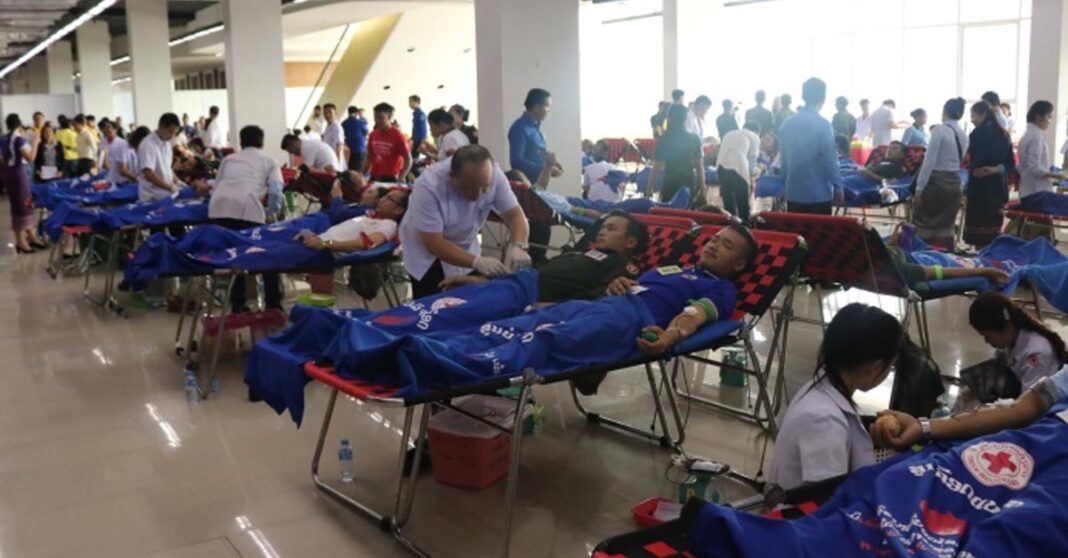The National Blood Transfusion Center, operated by the Lao Red Cross, is facing challenges in meeting hospitals’ demand for blood due to an increasing need for treating road accident victims and patients with thalassemia.
The first two months of 2024 alone saw Laos recording 1403 road accidents, resulting in 214 fatalities. But as the Lao New Year approaches, ambulance operators worry about an upcoming surge in accidents.
Last year, during the Lao New Year week, the country witnessed 70 accidents in just two days, leading to eight deaths, 122 injuries, and 116 damaged vehicles.
In a meeting on 5 April, Director Chanthala Souksakhone emphasized the urgent need to evaluate and supply enough blood to hospitals, especially with the expected escalating number of road accident victims.
Further concerns are about individuals with thalassemia, who are normally the primary group that requires regular blood supplies from the center. With an increased need of blood supplies for accident victims, the clinic fears there won’t be enough blood for everyone.
People with thalassemia need blood transfusions based on their weight and hemoglobin levels. The aim is to keep their hemoglobin at a target level and avoid complications. The centers address this concern by regularly providing the necessary blood to ensure these individuals receive an adequate supply. However, the constant blood shortage prompted the clinic to take further steps to tackle the issue.
As Chanthala made an appeal for increased blood donations, the World Health Organization (WHO) has echoed her call, further advocating for regular voluntary unpaid blood donations among key populations.
In 2023, the National Blood Transfusion Centre dispatched an average of 80 bags of blood per day, collecting a total of 73,023 bags donated by approximately 57,000 donors. These donations, primarily from secondary school students, army personnel, police, and government officials, played a critical role in surgeries involving road accident victims.
Despite these efforts, Laos still falls short of the WHO’s recommended 60,000 units of blood per year. The WHO aims to raise awareness and mobilize Lao youth, communities, and society to address this challenge and make a difference in ensuring an adequate supply of blood for those in need.



